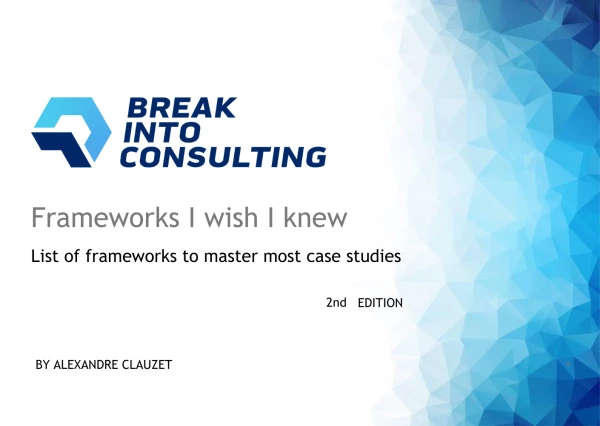Hello everyone:
How would you proceed for a product launching case?
Company X is thinking in launching a new product they developed. Should they do it or not?
What do you thinkg about the following structure:
1. Product: characteristics (advantages, disadvantages), purpose, economics (price/unit, fixed costs (R&D, operation fees, marketing), variable cost/unit (production, distribution, commision), dependency on suppliers.
2. Potential market: size, growth, products (commodity or differentiation, prices), customers (segments, preferences,willingness to pay), competitors (share, response), distribution channels, barriers to entry (regulation, switching costs, access to distribution channels), company (capability to access customers considering competition, channels and barriers).
3. Strategies: where (regions, countries), how (distribution channels, marketing, pricing: gain market share, maximize profitability,...). Cost-benefit analysis for each option: reveneus, costs, cannibalization of current business, risks.
Thanks.












